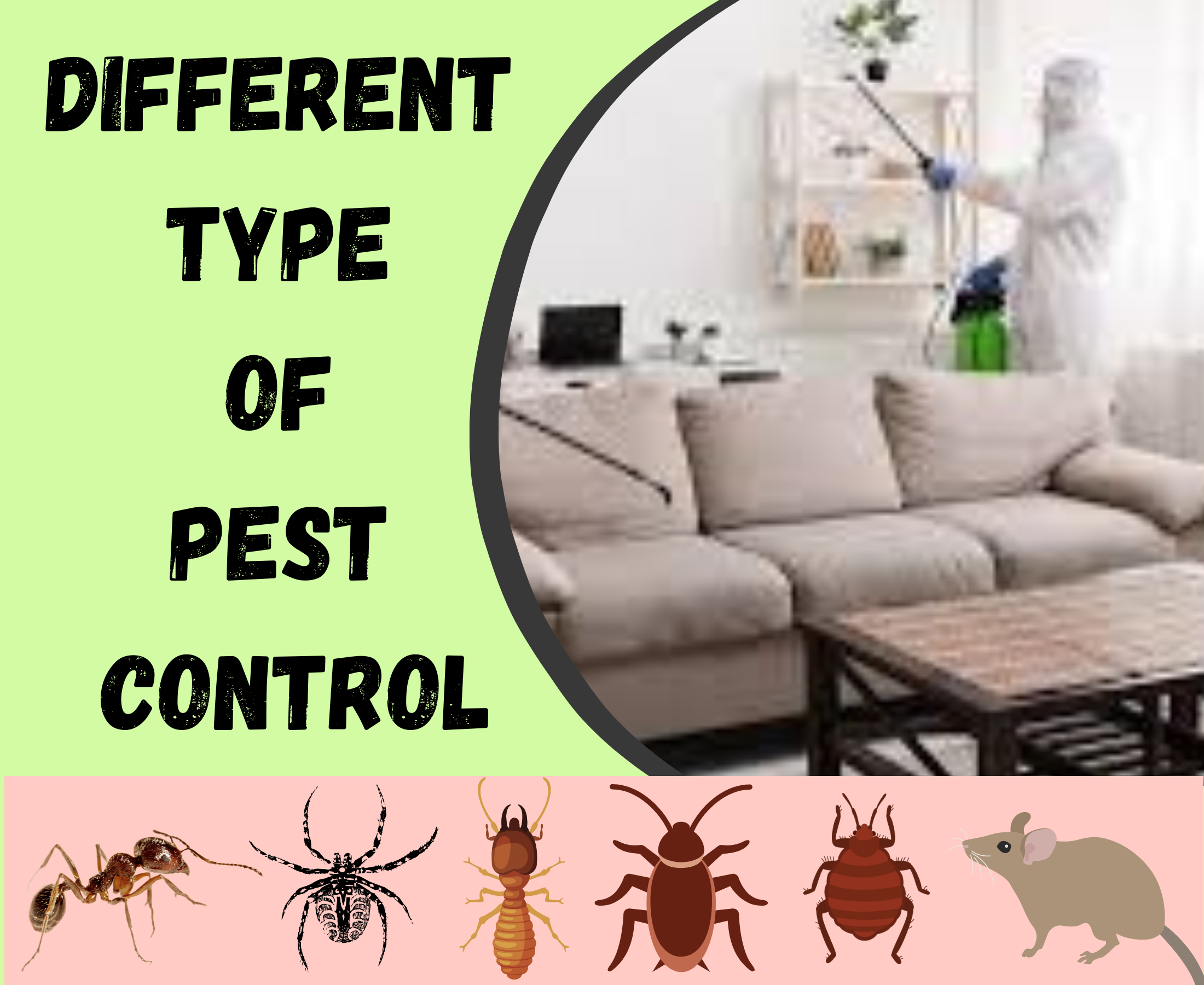Pestwise Fundamentals Explained
Table of ContentsThe 5-Minute Rule for PestwiseThe smart Trick of Pestwise That Nobody is Talking AboutThe Main Principles Of Pestwise 7 Easy Facts About Pestwise ShownOur Pestwise StatementsHow Pestwise can Save You Time, Stress, and Money.Our Pestwise Statements

Q. Define "integrated parasite monitoring" (IPM) and listing a number of feasible control methods that may be used in an IPM approach. A. Integrated insect administration is the integrating of proper insect control tactics right into a single strategy to minimize insects and their damages to an appropriate level. Parasite control strategies may consist of: host resistance, biological control, cultural control, mechanical control, cleanliness, and chemical (pesticide) control.
The Of Pestwise
What can you do to maintain the pests you are trying to regulate from ending up being resistant to the chemicals you utilize? A. Parasite resistance can be decreased by making use of integrated bug monitoring and rotating the kinds of chemicals used.
Bugs are a vital threat to the farming service, and integrated pest administration assists growers address and alleviate these risks. Integrated insect monitoring uses numerous methods in complex, therefore being an extra efficient solution to the issue. Termite Treatment. Particularly, getting rid of hostile chemical techniques enables decreasing injury to individuals and the setting by utilizing all-natural and more secure options instead
The Buzz on Pestwise
The objective of integrated insect administration is to lessen this injury and control appropriate problem degrees instead than eliminate all unwanted populations. This is why it is very important to understand what procedures are justified in each case and use hostile ones just when other integrated management strategies do not function. Integrated management mitigates the adverse repercussions of a non-IPM technique, and the main advantages of IPM Advantages of IPM.
A correct understanding of the problem extent establishes if the trouble should be resolved. are the following components of an IPM program due to the fact that it is essential to understand if the organisms make possible risks and make a decision on the incorporated administration alternatives or the details pesticide use. intend to lower infestations by applying various agronomic methods.
Getting The Pestwise To Work
if prevention was ineffective. Integrated management alternatives in an IPM program start with safer to extra aggressive ones. As an example, target or broadcast chemical spraying might follow hand-operated removal or trapping that hasn't aided. The prior integrated administration aspects help recognize just how to plan and implement an IPM program detailed: Monitor your plants consistently.
To name a few, IPM cultural techniques consist of the adhering to area administration methods: soil treatment; selection of suitable plants; crop turning; interplanting or strip cropping; selection of growing dates; weed control; usage of catch plants. Desirable dirt conditions accelerate plant growth, and strenuous plants are much more resistant to invasions. Termite Treatment. In integrated parasite administration, dirt screening helps comprehend if the area is appropriate for the production of this or that crop, and afterwards use the lacking nutrients to guarantee plant healthy development
Some Known Incorrect Statements About Pestwise
No-till techniques help avoid soil disintegration, adding to lasting farming. Nevertheless, when tilling is necessary, it is advised to perform it in the fall to reveal them to natural adversaries and serious weather. Healthy seed startings and seeds predetermine effective crop growth, so it is essential to pick pest-free planting material with solid origins.
, which is also used in the integrated pest management system. On the other hand, invasions boost when plants of the exact same crop kind or family members expand with each other.
, as well as tomatoes. Planting catch plants in spots is one more choice for IPM intercropping. This integrated pest monitoring approach suggests attracting insects to particular plants and then regulating them with chemical or mechanical methods.
More About Pestwise
Obstacles are case in points of physical IPM approaches. Let's take a more detailed check out them. Eliminating or choosing pests out by hand is a time and labor-consuming option that is commonly used in integrated administration and organic farming. Fully grown pests or their eggs and larvae are gathered by hand and destroyed.

Department of Plant Sciences. University of Missouri. Dirt solarization is an effective integrated monitoring technique to sanitize the field by warming it in a natural way. This incorporated management technique suggests an usual way of destroying bugs by killers, parasitoids, pathogens, and other organic control representatives (aka antagonistic organisms). The function of organic control in IPM is to.
Getting The Pestwise To Work
With time, their populace turned out Termite Treatment to be a genuine annoyance to farmers together with native kangaroos or dingoes. The walking stick toad is another instance highlighting incorporated biological control failing in this respect when it declined to hunt the target species and came to be a bug itself. Parasitoids establish on or within their hosts to ultimately kill them after growing.